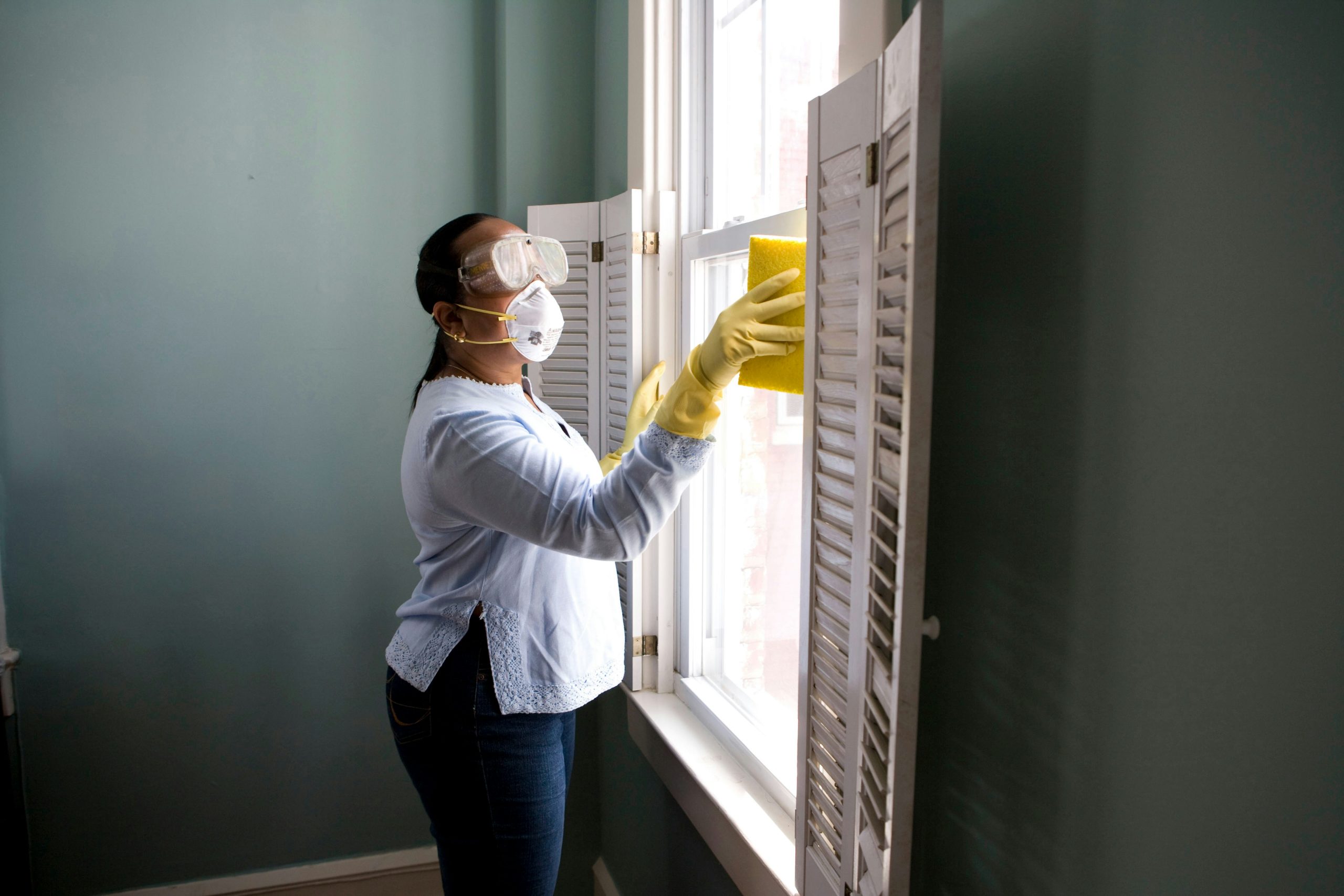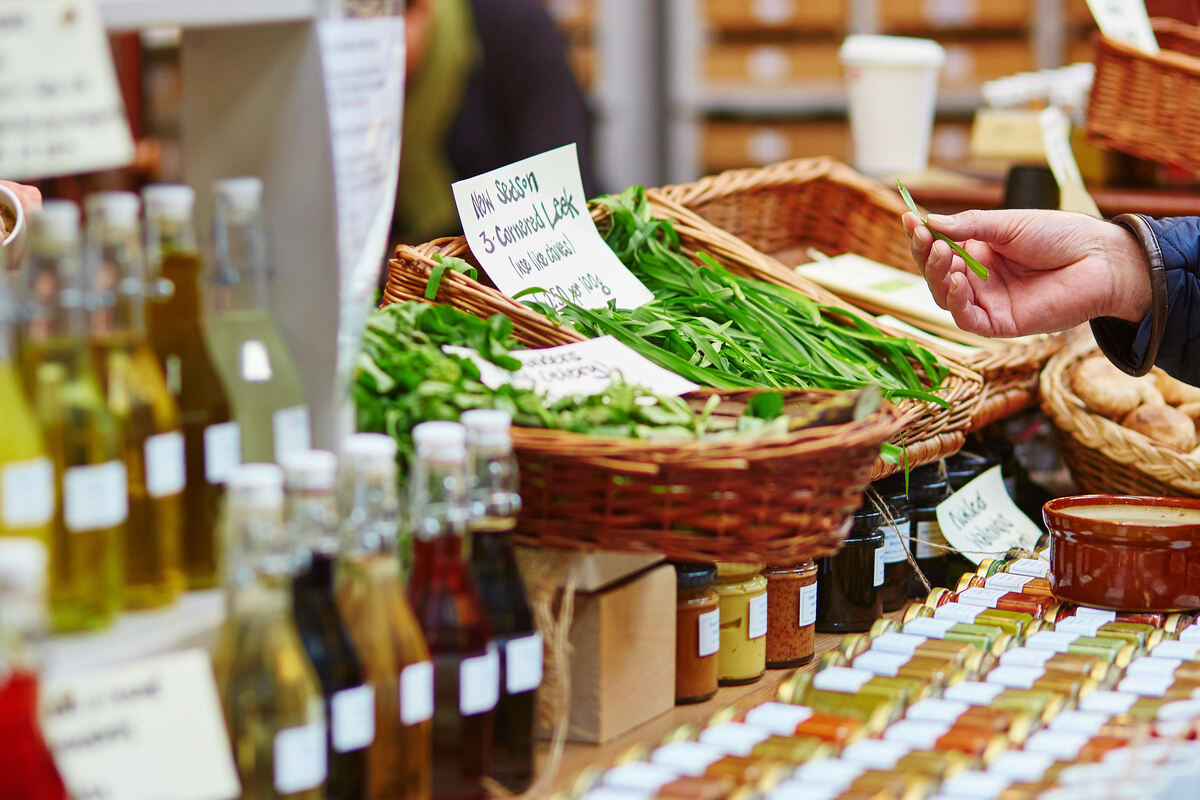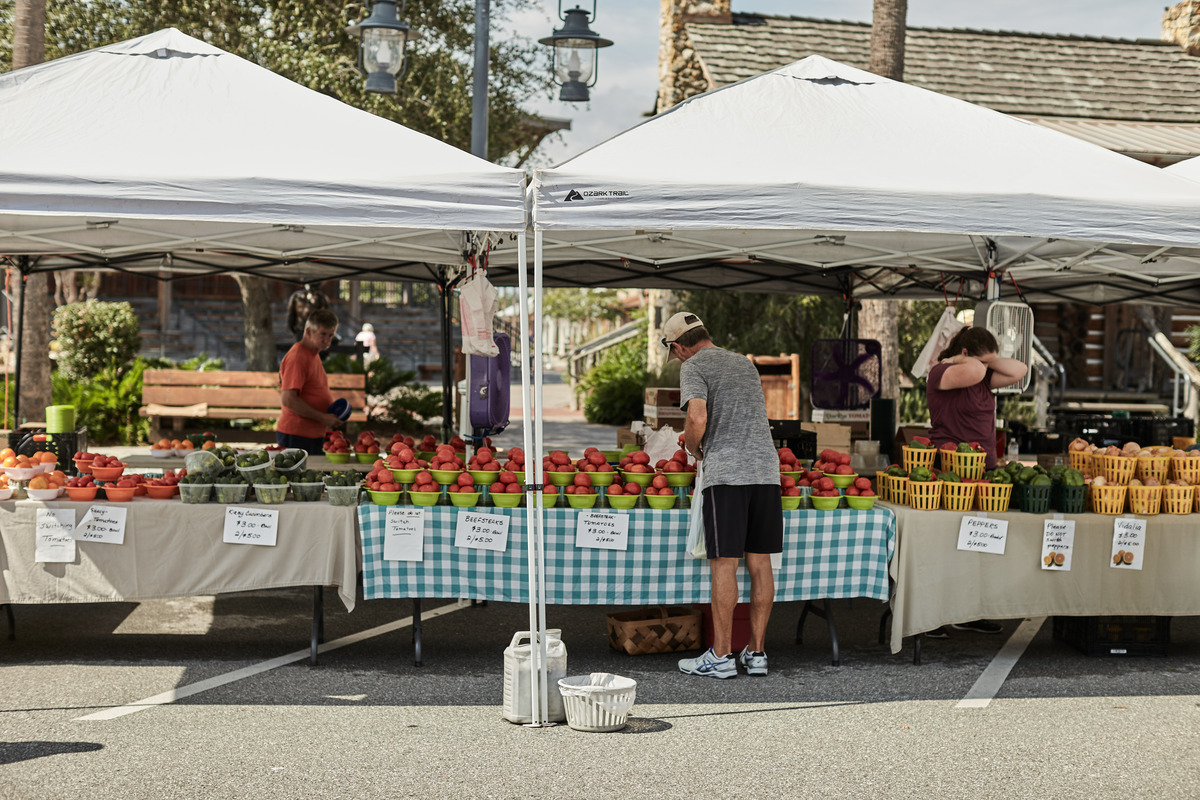Eco-friendly homes offer more than just a reduced carbon footprint. They create healthier living spaces and savings on utility bills. They also often boast greater longevity due to sustainable materials.
Prioritizing green solutions leads to cleaner air quality indoors and fosters a closer connection with nature. However, maintaining an eco-conscious lifestyle extends beyond energy-efficient appliances and renewable resources – it also includes how we manage household pests.
Traditional pest control methods often rely on chemicals that can harm both the environment and human health. Fortunately, innovative strategies now allow for effective pest management without compromising our commitment to sustainability.
In this article, we’ll explore cutting-edge sustainable pest control solutions that will keep your home safe from pests while preserving its eco-friendly essence.
Botanical Insecticides: Plant-Based Alternatives

While traditional pest control services still have their place (and many companies use methods that are eco-safe – for instance, Clarks uses Termidor®, which is a non-repellent liquid termiticide for termite pest control that is safe for both families and the environment), there are several sustainable pest control solutions that eco-friendly-home owners can utilize.
For example, botanical insecticides offer a sustainable way to tackle pests without harming the environment. Extracts from plants like neem, pyrethrum, and garlic disrupt pest life cycles and act as natural repellents.
Neem tree oil, for instance, targets various insects by interfering with their hormonal systems. These solutions can be easily applied in homes through sprays or soil treatments.
Botanical insecticides not only reduce reliance on synthetic chemicals but also ensure that beneficial insects remain unharmed. As eco-conscious homeowners increasingly seek green alternatives, plant-based options are proving both effective and safe.
Organic DIY Remedies: Homemade Solutions with Common Ingredients

Organic DIY remedies offer an accessible, eco-friendly approach to pest control using items you likely already have at home. Simple ingredients like vinegar, essential oils, and baking soda can create effective barriers against pests.
For instance, a mix of water and peppermint oil acts as a potent repellent for ants and spiders. Similarly, a solution of dish soap and water can eliminate aphids on plants without damaging them.
Homemade garlic sprays deter insects from your garden due to their strong odor. Plus, sprinkling diatomaceous earth around entry points creates a physical barrier that’s lethal to crawling insects but harmless to humans and pets.
These organic methods empower homeowners to manage pests sustainably while keeping their living spaces safe from harmful chemicals.
Ultrasonic Devices: Tech-Savvy Solutions for Repelling Pests

Ultrasonic devices are gaining traction as an innovative and eco-friendly way to keep pests at bay. These gadgets emit high-frequency sound waves, inaudible to humans but highly disruptive to rodents, insects, and other common household pests. The constant noise drives these unwelcome guests out of your living spaces without the use of harmful chemicals or traps.
Installation is straightforward; just plug the device into an outlet and let it work its magic. With advancements in technology, modern ultrasonic repellents offer adjustable frequencies tailored for specific pests.
For those wary of traditional pest control methods, ultrasonic devices provide a low-maintenance solution that aligns with sustainable living principles. However, it’s worth noting their effectiveness can vary based on factors like room size and layout.
Smart Traps and Monitoring Systems: Combining Technology with Sustainability
Smart traps and monitoring systems are revolutionizing sustainable pest control by merging technology with eco-friendly practices. These intelligent devices utilize sensors, cameras, and connectivity to detect and manage pests efficiently.
Smart traps often feature real-time alerts sent to your smartphone when a larger pest is captured, allowing for timely intervention. Some advanced models even use AI to identify the type of pest, enabling tailored responses.
Monitoring systems track pest activity patterns within your home, offering insights into infestation hotspots. This data-driven approach minimizes chemical usage by targeting specific areas rather than blanket treatments.
By integrating these high-tech solutions into their pest management routines, homeowners can maintain a balanced ecosystem while effectively controlling unwanted intruders.
Pest-Repelling Landscaping Techniques: Designing Gardens that Deter Unwanted Visitors

Pest-repelling landscaping techniques transform your garden into a natural barrier against unwanted visitors. By carefully selecting plants and designing the layout, you can discourage pests from making themselves at home.
Certain plants act as natural repellents due to their strong scents or chemical properties. For example, marigolds release a scent that deters mosquitoes and aphids, while lavender keeps moths and fleas at bay. Strategically placing these plants around your garden can create an invisible shield.
Additionally, maintaining healthy soil through composting and mulching promotes plant vigor, making them less susceptible to pest attacks. Incorporating companion planting – pairing crops that naturally protect each other – further enhances pest resistance.
Water features like ponds attract beneficial insects such as dragonflies, which prey on mosquitoes. With thoughtful design and plant selection, your garden becomes both a beautiful sanctuary and an effective deterrent against common pests.










